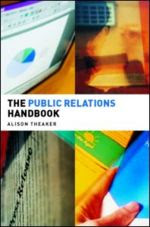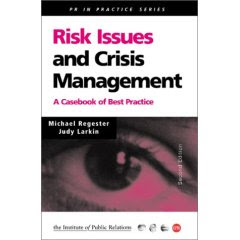Is new media a threat to traditional media?
Despite the improved output of traditional media (particularly newspapers) and increased circulation, there is an ever increasing fear that traditional media is being replaced by the new media also known as dot com media. Newspaper readership has fallen by considerable margins compared to the yester years with more people and particularly the younger generation opting to read news online.
Evidently, new media has an extraordinary power over traditional media. It has an advantage of convenience and accessibility. The explosion in cheaper high-speed internet access and is typically charged at a flat monthly rate, has led to an upsurge in the time web users spend online. According to The Guardian on Friday 7th October 2005 more than 8m households are now connected to broadband. According to the poll, six in 10 young people have internet access at home, with a quarter of those having their own computer in their bedroom. Many more have access at school, college or university. This therefore makes it more convenient and cheaper to access information online.
Interestingly this is not the case for magazines. Perhaps this stems from the general content and layout of a magazine as compared to a newspaper. A newspaper maybe perceived to be boring and unappealing to the reader whereas the use of colour and attractive texture and pictures in magazines may propel people to still buy magazines.
Having said that, a survey conducted by KPMG recently, showed that newspapers and televisions remain the primary sources of news across all age groups globally. The survey found that over 44 percent of respondents cited television as their primary news source followed by newspapers with 28 percent; 14 percent of respondents indicated the radio as their preferred news source and only 13 percent of all respondents preferred the internet.
The report cites that under 25s are increasingly looking to the internet as a source of news and social interaction. This trend continues in to the 25-34 age bracket with one in four favouring the internet over newspapers. Only 11 percent of those aged from 35-54 use the internet for news and this drops to 2 percent for those over the age of 55.
Subscribe to:
Post Comments (Atom)





No comments:
Post a Comment